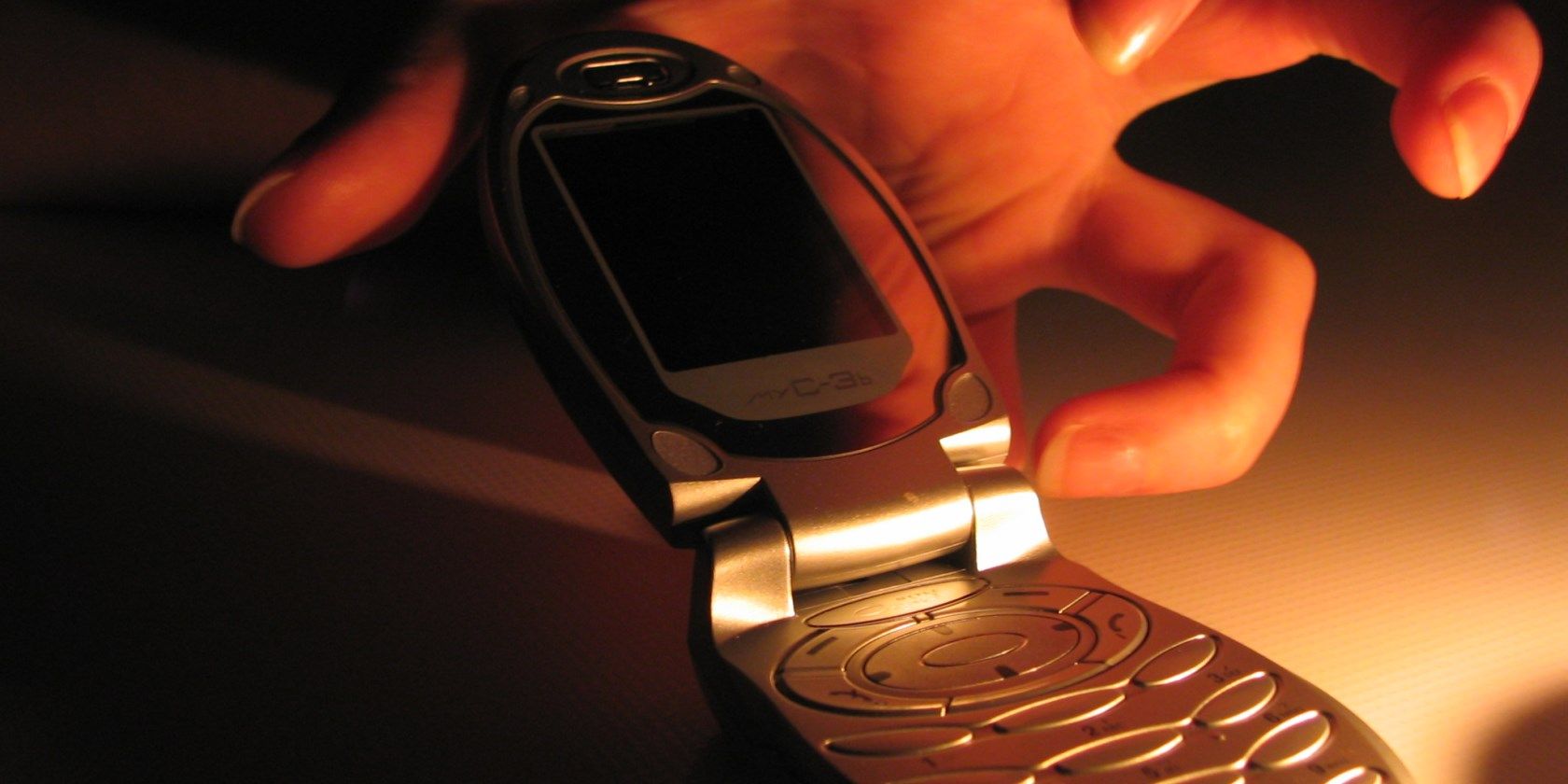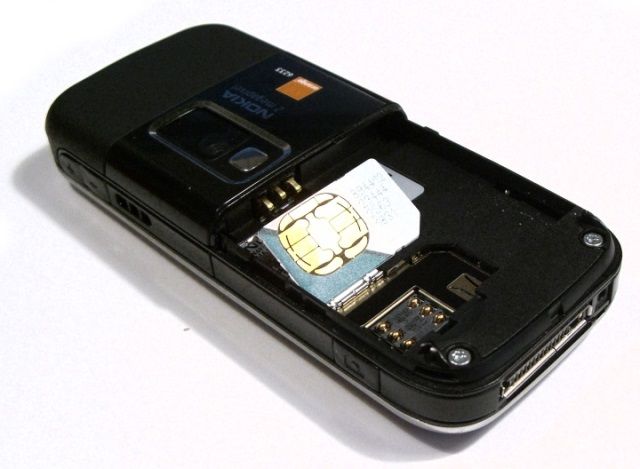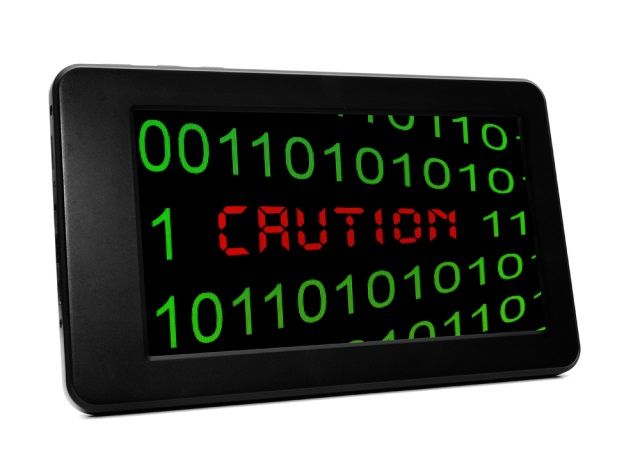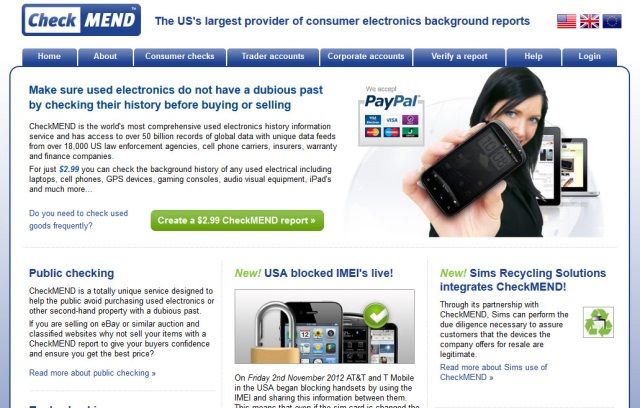If a brand new iPhone, Samsung Galaxy or Nokia Lumia is beyond your budget and you don't want to tie yourself to a contract, buying a used handset is often the popular – and obvious – choice.
However, buying a phone this way can be laced with risk and danger. You might end up with stolen goods at best; at worst, a handset full of illegal, illicit or confidential material. If your phone was previously the property of someone else and it was stolen from them, you will probably encounter problems using it.
What follows is designed for smartphones, but you might also apply it to tablets, particularly those with mobile Internet facility.
Where Did You Buy Your Phone?
If you're reading this then the chances are that you suspect your phone is stolen.
The first thing you need to do is consider where you bought the device. If you exchanged cash (or other hardware) with a friend, it might be a good idea to check with them. What is the background to this phone? How did they come by it, and has it been reliable?
Meanwhile, if you paid someone on Craigslist for the device, you should certainly be making every possible check to confirm that the phone works, is usable and most of all, isn't stolen. After all, there are plenty of scammers on Craigslist.
Even eBay and Amazon can be unreliable; perhaps the best source for second-hand phones these days are specialist used consumer hardware stores, equipped to run the necessary tests and recondition devices if necessary.
Does The Phone Work?
If the phone works, you're home and dry; if you can't place a call or your SIM isn't accepted, however, then you can probably write the purchase off as a failure. At best, you'll be able to sell it on as a spares unit – someone might need a new display for a similar device.
Setting a phone up with your SIM card should be easy enough - but with a stolen device it might result in a message such as "There was a problem with the MEID/ESN provided" indicating that the handset has been blocked.
The only way a handset can be blocked is by the network, following a call from the user to report the device as stolen.
Are The Accessories Genuine?
If you're looking for more evidence that your cool new phone is in fact hot, look no further than the accessories. A handset plucked from a table in a bar or restaurant isn't likely to have all of the extras such as a charger, cables, headset and case.
A thief planning to sell the smartphone for as much as possible might well buy low-grade accessories in order to create the illusion of a "full set" when in fact the only genuine device is the phone.
This isn't a rule of thumb, of course, but if a phone you're interested in is being sold with non-genuine accessories, you should ask why.
Has The Device Been Wiped?
Most stolen smartphones have – sensibly – been wiped. But doing so usually requires the thief to be able to access the password. If there is no password or a default code has been set, then this won't be difficult.
You can get an idea as to whether the phone has been stolen or not by checking whether any photos, videos, music or even documents and web page history are stored on it. While it is very wise to wipe a phone before selling it, not everyone does, so this isn't a guaranteed indication that the handset is stolen when considered on its own. However, if you find a list of contacts or other data and you already have your suspicions about the phone, perhaps it's time to get the phone checked out properly. Additionally, any social networking services that are running might be a giveaway - although they will also help you to identify the owner.
If you connect a phone that you suspect to be stolen to your computer to check the contents, be careful with what you open – there may be malware waiting.
Check Your Hardware's Past
How do reconditioned hardware stores know that they aren't receiving stolen goods? Usually by having access to a database of smartphone IMEI numbers that have been blocked.
You can also have access to this database using the CheckMEND website, where for just $2.99 (£1.99 in the UK) you can generate a report of your smartphone's history.
This useful service will help you to find out whether or not your phone is stolen. Sellers on eBay can also use CheckMEND to confirm to potential buyers that their device is legitimate.
Incidentally, your country or region might have a property database that can be used to trace and disable stolen hardware. In the UK, the Immobilize system is supported by the majority of police forces. This system requires that your device IMEI number is scanned into the world's largest free database of ownership details, enabling stolen hardware to be returned. If you suspect your phone was lost by or stolen from a previous owner, returning it is the decent thing to do.
Conclusion: Purchase Only From Trusted Sources!
There is a huge second-hand market in smartphones, with eBay, Amazon and even bricks and mortar video game stores getting in on the act. As long as the devices have been tested as being genuine as opposed to stolen, you shouldn't have any problem; if any of the things listed above shows up after you've purchased the device, you can at least return it.
However, you should avoid making a purchase via a site like Craigslist, as there is no way to genuinely confirm the phone until you buy it – and by then it might be too late.
Have you been the unwitting recipient of a stolen phone? Were you able to get the device unlocked? Tell us below!
Image Credit: Acerin, Caution via Shutterstock, Zephyris




